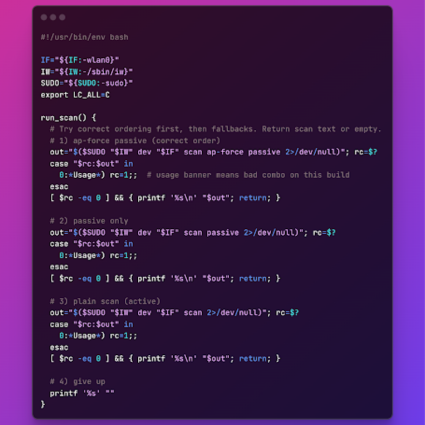NetBeez 1.3 includes two major updates: a dashboard redesign and a new way to interact with alerts triggered by the monitoring sensors. Let’s first review these two improvements.
Incidents
The new incidents features make it easier and quicker to proactively detect network and application problems by aggregating alerts from multiple agents and targets. The notification algorithm does so by inspecting the number of alerts triggered within one individual agent or target.
If a certain percentage of tests within one agent or target, trigger alerts, and the percentage is higher than the user-defined incident threshold, then an agent or target will report an incident. In the screenshot below, you can see the configuration settings of the incident thresholds.As shown above, if any of these thresholds are crossed, an incident will be triggered. As you can see, agents and targets share a common profile, and thresholds are defined on a per test-type basis (PING, DNS, HTTP, …).
Different from alerts, incidents can be acknowledged, and annotations can be made to increase collaboration within your team. There are three different statuses of an incident:
- Incident open
- Incident open and acknowledged
- Incident closed
Annotations can be added to any incidents at all times, while the user can only acknowledge open incidents.
Benefits
There are two main benefits for incidents:
- Diagnosing a problem as network vs application
- Reduce alert noise
Other than quickly diagnosing if a problem is network or application related, incidents also permit the reduction of alert noise. With 1.3, NetBeez users can decide to only be notified about incidents, and drop any alert notification. I remind you that NetBeez supports different notification methods, such as SMTP, SNMP, and Syslog, as well as integrations with Splunk, Slack, and PagerDuty. All of these notification methods support both alerts and incidents.
Revamped Dashboard
This new version of the NetBeez dashboard has two major changes from the previous ones.
- Network status
- Network health
First of all, we have updated the buzz tab! This screen now provides more insight into the status of your network. In the first section of the buzz tab, you’ll see a blue pulsating dot (also called ‘the pulse’) which provides real-time information on the number of messages per second that the server is processing from the agents. Next to it, you’ll see a one to five-star rating analyzing your overall network health. The star rating weighs the percentage of ongoing agents and targets’ incidents, which can be reviewed on the two pie charts next to it. In the middle section of the buzz tab, the user can quickly review the performance of agents and HTTP targets.
Agents are plotted in a two-axis plot which is based on total number of warnings (y-axis) and critical alerts (x-axis) that were triggered in the last 24 hours. To clarify, warnings are related to performance alerts, whereas critical alerts are up-down alerts.
HTTP targets are grouped in a bar chart based on last 24 hours’ average HTTP response time. The bar chart has five intervals:
0 – 0.5 seconds
0.5 – 1 seconds
1 – 1.5 seconds
1.5 – 2 seconds
2+ seconds
Both charts are interactive, so the user can drag and move a specific area within the agent performance plot and click on an histogram in the HTTP performance chart.
In the last section of the buzz tab, you can review that last 24-hours’ incident timeline for both agents and targets. In that section, you can interact with each individual incident, click to review its details (including the incident status timeline) and see which conditions caused it to be triggered, as well as additional details about status changes.We have also included some other improvements in the new version 1.3 of NetBeez, such as:
Iperf 3
Up until version 1.3, NetBeez supported version 2 of the iperf throughput test, primarily. In version 1.3, we’ll be releasing support for version 3 of iperf, while maintaining support for version 2. If you want to learn more about the differences between version 2 and 3 of iperf, I suggest you to read the previous blog post, “iPerf 2 vs iPerf 3”, authored by Tony Fortunato. Thanks to iperf version 3, you can review the number of TCP retransmissions when running ad-hoc iperf tests. Along with iperf 3, we have also enabled multiple parallel streams, which comes in handy when you want to send multiple concurrent throughput tests between any two agents and increase bandwidth.
HTTP Proxy
The user can now add proxy information to HTTP monitoring targets, and test the availability and performance of internal proxies.
Improved Performance on Reports
We have optimized the backend queries needed to generate performance reports for long time periods (one month or more). This improvement will benefit those users that have an on-premises server, which generally has less computational and I/O resources than a cloud instance.
We hope that you find the new features that we have introduced in version 1.3 of NetBeez useful! We’d love to hear feedback from you below in the comments section of this post. If you would like to schedule a dashboard tour with one of our engineers, please request a demo below!





